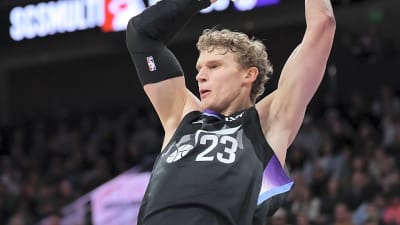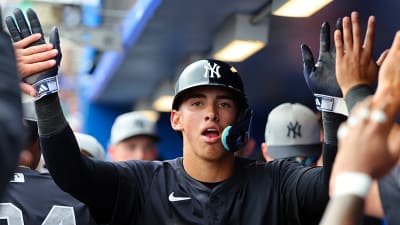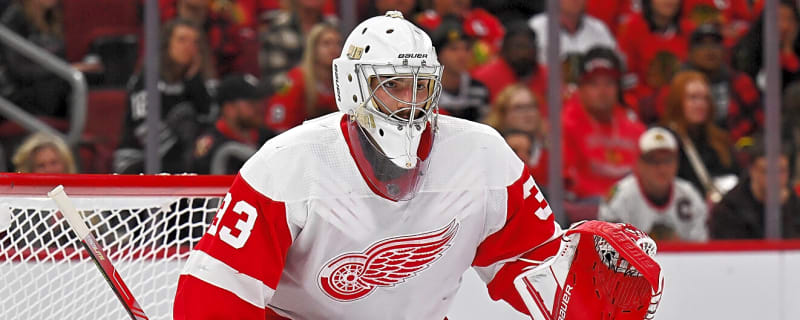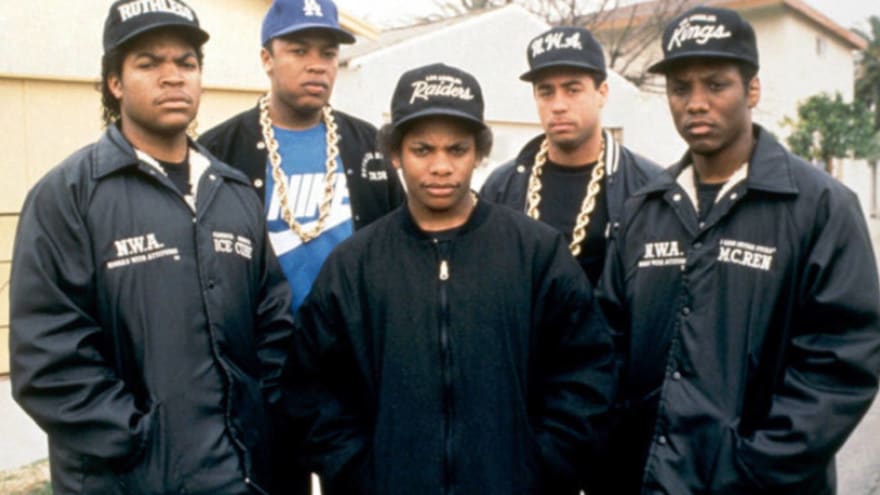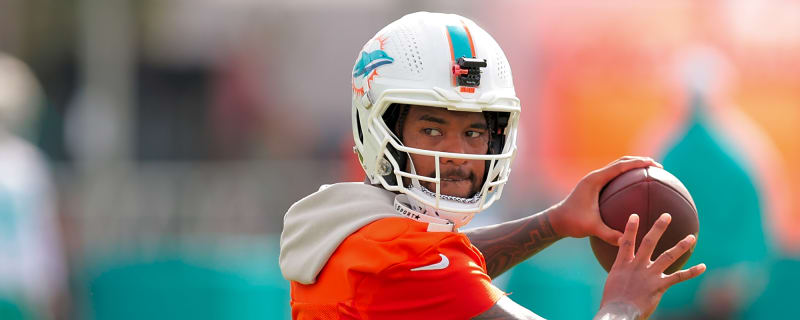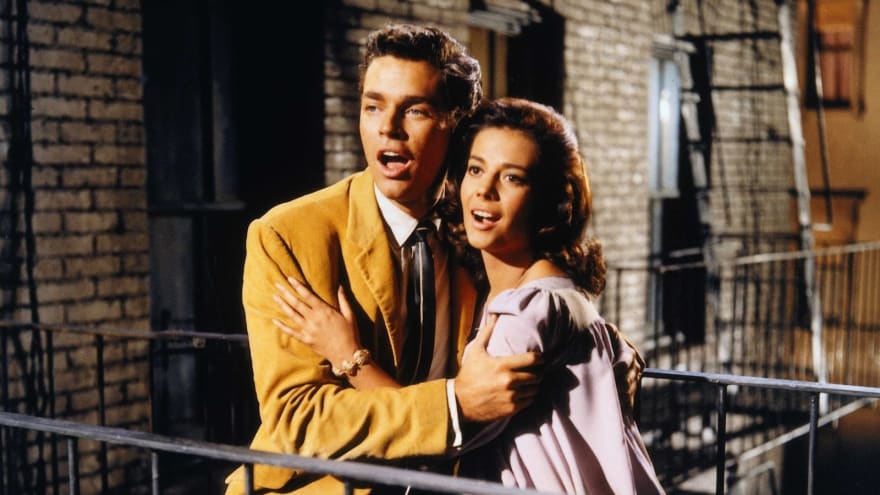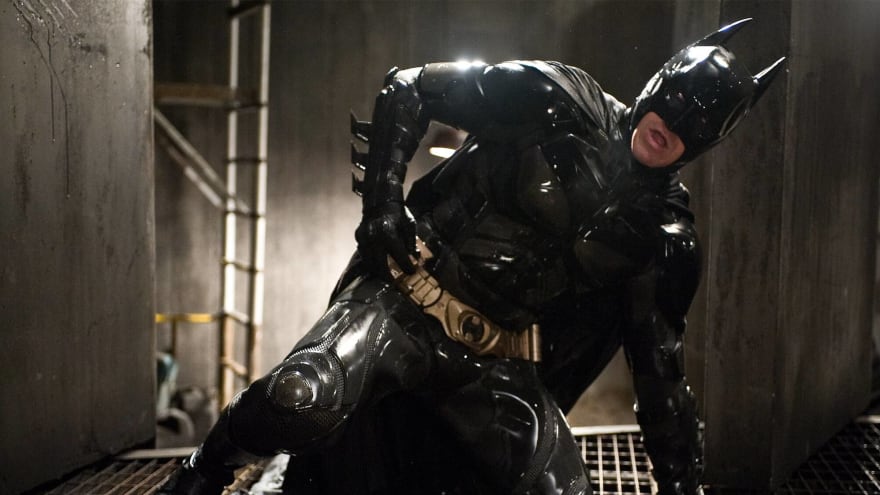
The Florida Panthers’ Game 4 victory has been overshadowed by a controversial hit from defenseman Aaron Ekblad on Tampa Bay Lightning forward Brandon Hagel. The incident has sparked widespread reaction across the NHL community. Tampa Bay head coach Jon Cooper said he was tired of talking about a hit every game, but others have been much more vocal.
In a tense and increasingly hostile playoff series, emotions boiled over when Ekblad delivered a high forearm shiver to Hagel, sending him down the tunnel. Despite the dangerous and seemingly intentional nature of the hit, no penalty was assessed on the play — a decision that left many, including Cooper, stunned.
The retaliation appeared to stem from Hagel’s late hit on Panthers captain Aleksander Barkov in Game 3, for which Hagel was suspended one game. However, Ekblad’s response has sparked a fierce debate about player safety and officiating in this year’s postseason.
Former NHL defenseman Chris Pronger weighed in on X (formerly Twitter), stating: “Have seen this forearm shiver a number of times but usually not from this position. I would need more angles but this looks like a forearm to the chin. And completely in Ekblad’s control to avoid the head. The fact there was NO penalty is a tough look. Might get a DoPS call.”
Analyst Justin Bourne of Sportsnet also criticized the hit, saying, “I think it’s a bad hit,” and speculated Ekblad could face a two-game suspension.
Are the playoffs getting out of control?
The "2 Mutts Hockey Podcast" revealed they spoke with seven active playoff players who expressed frustration with officiating.
“The refs are becoming a huge part of who wins on a nightly basis because of the calls they miss & the bad calls they are calling,” they wrote. “Players don’t know what game they are going to be playing in.”
Ryan Whitney, never one to hold back, wrote, “I can not believe Florida won that game. Ekblad could have been kicked out … What the hell did we just watch?”
This is not the only series that has gotten nasty. Fighting on the bench between the Montreal Canadiens and Washington Capitals might be the most viral moment of the first round thus far.
Despite the controversy, Ekblad stayed in the game and played a pivotal role in the Panthers’ comeback. Florida scored twice in 11 seconds — mirroring Tampa Bay’s earlier rally.
The NHL’s Department of Player Safety has yet to announce whether discipline will be handed down, but all eyes will be on how the league responds.
More must-reads:
- Stanley Cup playoffs takeaways: Controversial hit could lead to Aaron Ekblad suspension
- Watch: Panthers stun Lightning with two goals in 11 seconds to take 3-1 series lead
- The 'No. 1 overall draft picks in NHL history' quiz
Breaking News
Trending News
TODAY'S BEST

Canadiens Should Run From This Nazem Kadri Trade Proposal
Trade proposals are a fun way to pass the summer lull in NHL news. But, not all trade pitches are great ideas. A recent hypothetical linking the Calgary Flames and Nazem Kadri to the Montreal Canadiens does not quite pass the smell test. The pitch was presented by Kuljit Parmar of the FanSided blog “A Winning Habit,”. In it, he suggests the Canadiens send Juraj Slafkovsky, Alex Newhook, and a draft pick to Calgary for Kadri, removing a high-ceiling winger for a second-line center fix. The trade pitch is not just bold — it’s a massive overpayment. Why This Trade Makes Little Sense for the Canadiens As productive as Kadri was last season, he’s also 13 years older than the key piece going back to the Flames in Slafkovsky. At just 21, Slafkovsky has untapped NHL potential, whereas it won’t be long before Kadri shows the natural decline that comes with age. Yes, Kadri posted 75 points in 2023-24 and 67 in 2024-25, but it won’t be long before he shows signs of an inevitable downswing. History tells us that forwards in their mid-30s rarely maintain elite production for long, and with four years left at a $7 million cap hit, Kadri is a risky investment. Slafkovsky, on the other hand, is entering the stage of his career where true breakout seasons happen. He’s coming off back-to-back 50-plus point campaigns and has barely scratched the surface of his potential. His combination of size, skill, and growing confidence under Martin St. Louis gives the Canadiens something hard to come by — a cost-controlled, high-upside top-six winger for years to come. Trading him now for a player on the back nine of his career would be selling low on a future star while buying high on a veteran whose best days may already be behind him. Even if Kadri brought short-term grit and playoff experience, Montreal is not yet in a “win-now” window. Sacrificing a foundational piece for a two- or three-year push is short-sighted team building. The Money Is Also a Massive Consideration in This Trade Even more head-scratching is the financial side of this proposal. The Canadiens would be sending out $10.5 million in the deal, and including a draft pick. If the idea is to dump Newhook onto the Flames, that seems odd considering he offers decent production. If the idea is to sweeten the deal with Newhook and the pick, it’s wild to imagine the Flames wouldn’t see Slafkovsky as payment enough. Kadri’s leadership and tenacity are valuable, but they’re not worth mortgaging the future for. The Canadiens should be focused on developing their young core, not dismantling it. Trading Slafkovsky now would be the kind of move that haunts a franchise for a decade. Simply put, this isn’t just a bad trade idea. It’s one that could derail Montreal’s long-term vision entirely.

Patriots have big Drake Maye concern surface at Vikings' joint practice
Defense ruled the day during the joint practice between the New England Patriots and Minnesota Vikings. Per Chad Graff of The Athletic, the Patriots defense did a masterful job of disrupting Vikings second-year quarterback J.J. McCarthy at Wednesday's practice. However, New England's offensive line was unable to allow Drake Maye to have enough time to finish plays. "Even with four new expected starters up front following last year’s debacle, Wednesday suggested that there will likely be some bumps ahead for this offensive line," Graff wrote. "Sure, going up against the Vikings was always going to be a difficult task. Greenard has been wrecking his own team’s practices in training camp, and everyone in New England knows how good Flores’ scheme can be. But the domination was so thorough by the Vikings’ front seven that three straight plays at one point would’ve resulted in a sack." Maye showed flashes of promise when he had time to throw downfield or was able to use his legs to buy time or scramble when pressure came. The concern is that the offensive line won't allow Maye enough time to even scramble, so he can make throws. Graff has noticed the same issues that happened on Wednesday have been a constant at training camp against the Patriots defense. With a new-look offensive line that includes first-round pick Will Campbell at left tackle, the Patriots are expected to have some bumps at training camp and in September. New England's offense probably won't look great out of the gate while the offensive line develops in offensive coordinator Josh McDaniels' scheme. If and when the offensive line improves, Maye will have a chance to show off the arm that made him the No. 3 pick in 2024. For now, the offensive line is a concern much like it was last season.

Commanders have major hang-up preventing them from paying Terry McLaurin what he's due
It’s been two weeks since Washington Commanders star wide receiver Terry McLaurin publicly revealed his trade request, and a resolution doesn’t appear to be in sight. Thanks to ESPN’s John Keim, we’re starting to get more insight into how the Commanders are approaching negotiations…and how they run counter to their star wide receiver’s financial desires. As we’ve assumed all along, the Commanders are wary of giving McLaurin a lucrative contract that would extend well into the player’s 30s. As Keim notes, the Commanders “rely heavily on analytics,” and those numbers aren’t particularly kind to receivers on the wrong side of 30. They may be onto something. Per ESPN Research, over the past five years, only three receivers 31 years or older have played at least 10 games and averaged 70-plus receiving yards per game (that number jumps to six players if you adjust for 60-plus receiving yards). Further, the team can simply point to the NFL landscape, as other teams are also clearly wary of paying aging wideouts. Among the 24 active wide receivers who are attached to the most guaranteed money, only Tyreek Hill was older than 30 when the deal was signed. McLaurin has continually pointed to his lack of mileage despite his age; he barely played during his first two years at Ohio State, meaning he may not have the same wear and tear as similar players his age. McLaurin is also naturally pointing to the stat sheet, as the receiver has continually produced despite uncertain QB play, uncertain ownership and a handful of different coaching staffs. Per Keim, the Commanders don’t want to pay McLaurin based on his past performance, with the front office preferring to shape any future contracts based on his projections for age-31-plus seasons. The organization also doesn’t want to set a new precedent by paying McLaurin, as it could convince future veterans to push for lucrative deals in their 30s. While McLaurin has taken the drastic measure of requesting a trade out of Washington, the organization is still convinced they have leverage in this showdown. After all, the player is still under contract for the 2025 campaign, meaning McLaurin will have to forfeit game checks if he sits out games. The team could even choose to slap him with the franchise tag next offseason (which could come in north of $30M), meaning they’re in full control of the player’s fate moving forward. The team is also skeptical that another suitor is going to willingly pay McLaurin the type of money he’s seeking. Per Keim, there are doubts around the league about whether another team would be willing to meet the receiver’s demands. Even if a clear suitor does emerge, Keim makes it clear that Washington’s front office won’t give the star away without receiving a haul. We heard recently that McLaurin wasn’t necessarily seeking a deal that matched fellow 2019 draftee D.K. Metcalf‘s deal with the Steelers. However, Keim says Metcalf’s contract has generally served as a guide for McLaurin, but it’s uncertain whether the Commanders wideout is looking to match the AAV ($33M) or total guarantees ($60M). Ultimately, one source believes the Commanders may agree to pay McLaurin a contract that will pay $28M per year. Of course, it’s uncertain if the player would even accept that offer. If that hypothetical maximum offer doesn’t end in a signing, a divorce may be the logical next step.
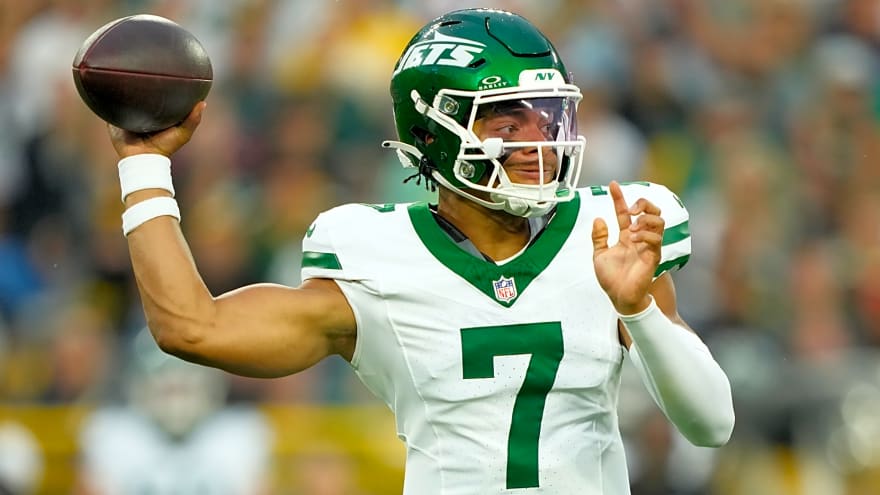
Giants force Jets' Justin Fields into familiar problem at joint practice
New York Jets quarterback Justin Fields was a little more accurate on Wednesday than he was in his "alarming" performance during joint practice with the New York Giants on Tuesday. Still, the fifth-year quarterback had a familiar issue pop up. Per Dan Duggan and Charlotte Carroll of The Athletic, Fields took several sacks against a Giants defense that brought the house on a shaky Jets offensive line. Via The Athletic: "On the other field, the Giants defensive front carried over its domination from Tuesday, giving Jets quarterback Justin Fields and his offensive line plenty of problems. Camp stats are subjective, especially when it comes to sacks, but the Giants appeared to get to Fields for four sacks. "Similar to Tuesday, there were moments when it was hard to tell exactly who was causing problems as the Giants sent multiple bodies in the backfield. Fields, who went 7-of-11 on the day, had a few overthrows on plays that likely were sacks." Fields did have a couple of long runs on a Giants defense that struggled against the rush in 2024. While Fields has a unique ability to add to the running game, the Jets need the 2021 first-round pick to push the ball down the field in the passing game. Fields has always had a problem with being indecisive in the pocket, leading to his taking too many sacks since entering the league. He led the league with 55 sacks in 2022 and has taken 151 in his four-year career. The Ohio State product took 16 sacks during his six starts with the Pittsburgh Steelers last season. In camp, Fields doesn't have to worry about taking body blows from sacks that lead to injuries. That will happen in the regular season if he plays how he practiced on Wednesday.
Customize Your Newsletter
 +
+
Get the latest news and rumors, customized to your favorite sports and teams. Emailed daily. Always free!


